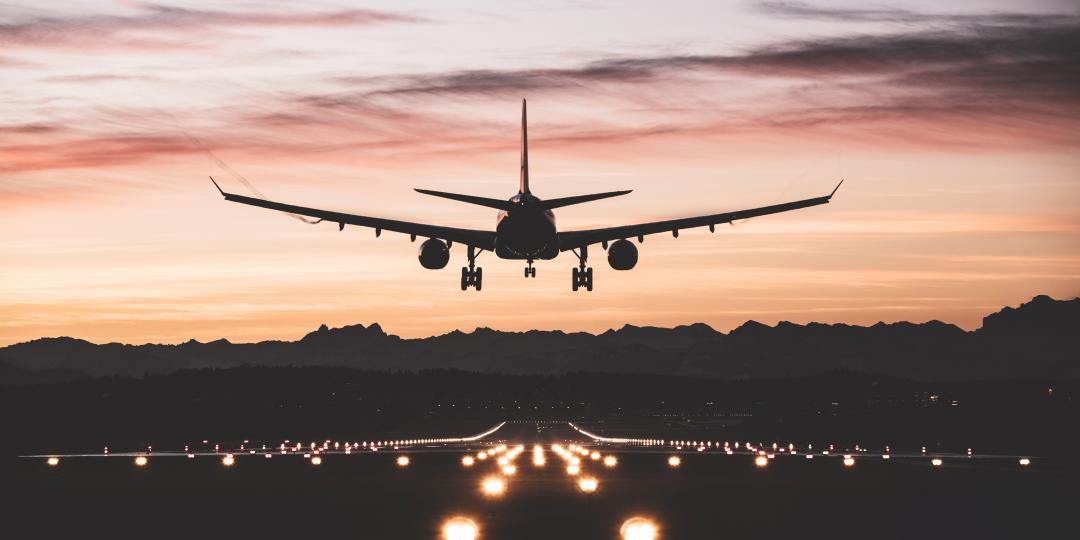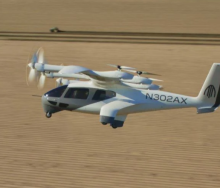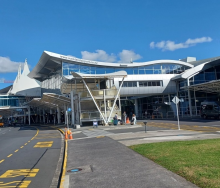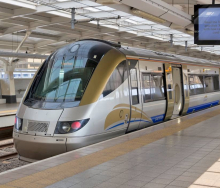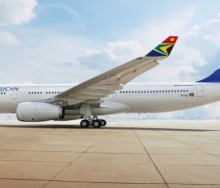Low-cost carriers (LCCs) in Africa and South Africa face a challenging operating environment. This limits proliferation of the model and also inhibits the ability of those that are operating to reduce costs and provide lower fares.
“Low cost does not mean low fares,” says Linden Birns, airline expert at PR company Plane Talking.
Rather, it’s about airlines reducing operational costs. Says Birns: “You won’t find many African carriers who aren’t trying to minimise their operational costs.”
Low-cost carriers traditionally operate on a business model that ensures cost savings. They commonly use a fleet with a single aircraft type to reduce maintenance and crew training costs. They must fly an efficient schedule to keep their aircraft airborne and focus on point-to-point. They must also prioritise direct distribution, provide simplified services and use ancillary products to upsell and earn additional revenue.
However, some of these aspects are difficult to replicate in Africa’s unique context, explains Kirby Gordon, FlySafair’s Chief Marketing Officer.
“Usually, low-cost carriers opt for newer aircraft and operate in secondary airports. This is less relevant in South Africa and Africa because we don’t have a lot of secondary airports,” Gordon says.
Birns elucidates why secondary airports are so important for LCCs. He says secondary airports in Europe will pay carriers to land there, as the aircraft bring in passengers who benefit the airports and the region.
On the other hand, throughout Africa and Southern Africa, there are statutory fees enforced by all airports that require airlines to pay to use their facilities and services to land, park, and take off.
However, according to LIFT, another local LCC, these costs are only the tip of the iceberg for LCCs operational costs on the continent.
“The high cost of airport fees, fuel and aircraft leasing, combined with the weaker rand against the US dollar, significantly raises operating costs,” says a LIFT spokesperson.
According to Birns, there is a currency disparity between costs and revenue, as airlines in Africa incur costs in stronger foreign currencies, but earn revenue in local currencies.
“Currency fluctuations, particularly the weaker rand, have further escalated costs, particularly for aircraft leasing and fuel, which are priced in foreign currencies,” says the LIFT spokesperson.
Gordon points out that newer aircraft are usually favoured by LCCs because they are more fuel efficient and cost less in maintenance and time on the ground. In Europe, LCCs often fly long distances, but in South Africa they fly shorter hops, so new aircraft are not essential, says Gordon, adding that local LCCs reduce costs by operating mid-life aircraft.
There’s another factor – in Europe, Open Skies agreements and Fifth Freedom Rights enhance regional connectivity. But such frameworks are limited in Africa, further constraining the growth of LCCs here, explains LIFT.
This limits the opportunities for regional travel within Africa and the growth of LCCs and airlines in general, as governments and key industry players charge hefty fees for operating.
According to industry analyst Phuthego Mjapele, interviewed in AeroTime, this is because many African governments protect their national carriers against competition by blocking liberalisation and inhibiting access.
Another challenge for African LCCs is demand, as air travel is not affordable for large percentages of African and Southern African populations. “Affordability is based on the amount of disposable income available to consumers and this impacts their ability to travel, explains Birns.
“The South African market is quite different from regions like Europe. Our market is smaller with less concentrated demand for domestic flights, which limits opportunities for LCCs to scale,” says LIFT.
“The COVID-19 pandemic added further pressure, reducing demand and creating financial instability for many carriers.”
The more familiar European model for LCCs thrives on shorter distances, higher passenger volumes, and open skies agreements that enable carriers to access multiple markets and offer ultra-low fares. “The structural differences in our markets make it challenging to replicate the European low-cost model in South Africa,” says LIFT.
